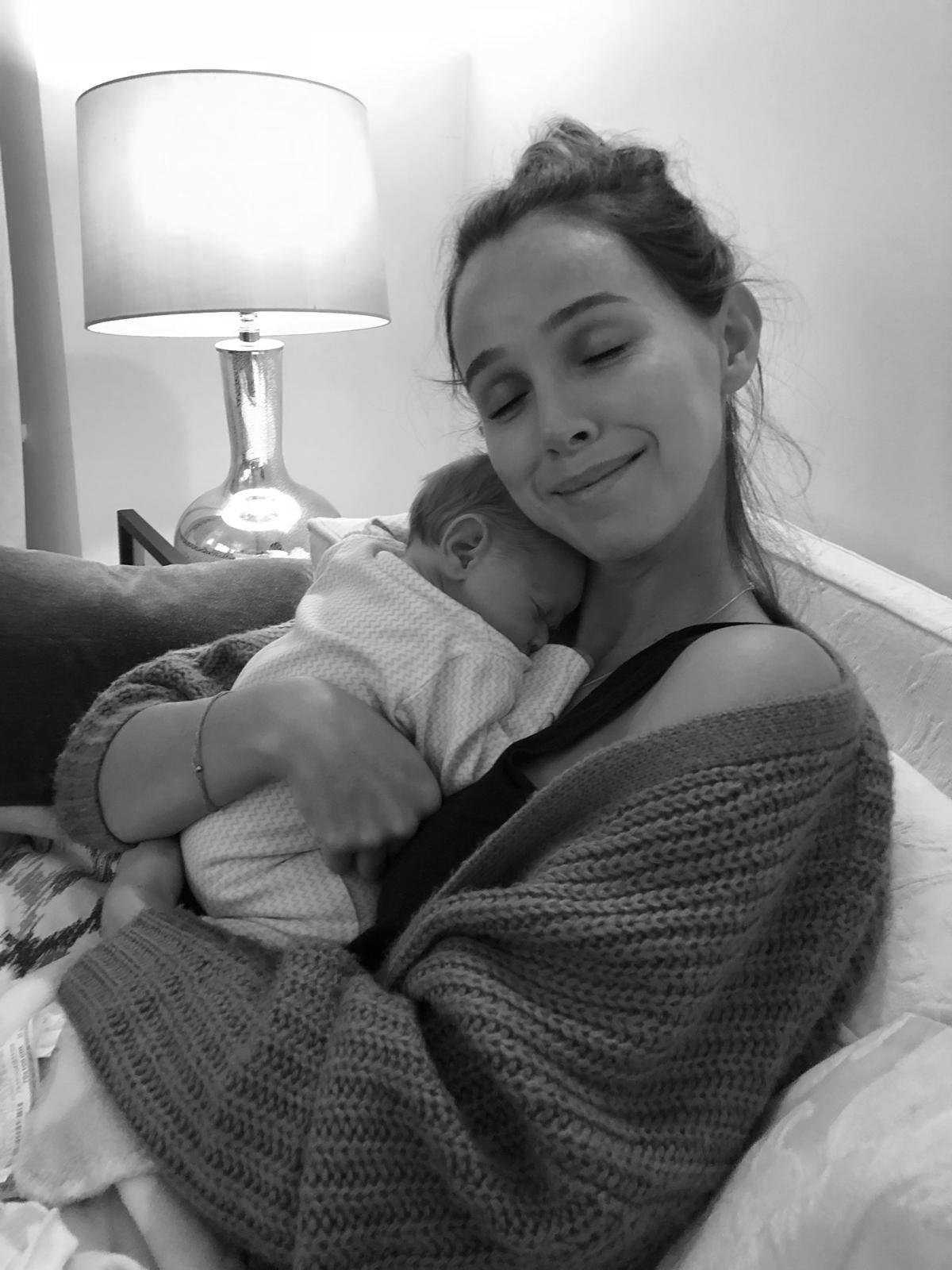Meet Your Collective
The women behind the wisdom. Experts in their field. Fiercely committed to making sure you feel seen, supported, and prepared - through birth and beyond.
“Your BODY already knows how to give birth.
Let’s help your MIND believe it too.”
Meet the Founder
I’m Sophie, a birth preparation specialist, a 350-hour certified yoga teacher, a holistic nutritionist and a mother of three who has lived the full spectrum of birth experiences, from high-risk pregnancy to C-section recovery, two home-births and a total of six and a half years of breastfeeding.
I know what it feels like to enter birth unprepared, unheard, and out of control. I also know how powerful it is when you take back the reins.
My first pregnancy flipped my world upside down; emergency procedures, strict bedrest, and a birth that spiraled into a cascade of interventions. It left me with one question: Where the hell is the support for the mother?
That question led me here.
TENTH MOON exists because women deserve better. We deserve birth preparation that goes beyond hospital checklists and hypnobirthing scripts. We deserve to reconnect with our intuition, movement, breath, and innate wisdom - the things the system won’t teach you but that will make all the difference.
Through TENTH MOON, I’ve blended everything I wish I had known: conscious movement, breathwork, mindset, and holistic nutrition, all designed to put you back in the driver’s seat of your birth experience.
Because birth isn’t just something that happens to you. It’s something you do.
Let’s make sure you do it on your terms.
Sally Rickard, IBCLC | Lactation Consultant & Infant Feeding Specialist
Sally is an International Board Certified Lactation Consultant with a private practice in London, known for her warm, no-nonsense approach and deep knowledge of the science and emotion behind breastfeeding.
She supports families both in person and online — offering everything from prenatal feeding prep to hands-on latch support and complex troubleshooting. Sally also hosts regular workshops and a free monthly breastfeeding group in South East London.
Her lesson inside Tenth Moon: The Birthing Edition is a must-watch — packed with evidence-based insights, lived wisdom, and the kind of real-talk guidance every woman deserves but rarely receives.
With Sally, there’s no pressure, just power: clear information, zero judgement, and full-spectrum support for however you feed your baby.
Anita | Midwife, Mother, Advocate
Care that listens. Support that empowers.
I’m a mother of two daughters and a midwife currently working within the NHS. My journey into caregiving began in 2005 as a nurse, evolved into midwifery in 2009, and deepened profoundly when I became a mother myself in 2017.
I believe in listening, truly listening, and offering women compassionate, non-judgemental support through every stage of their journey. After the birth of my first child, I gained a deeper understanding of how overwhelming, isolating, and transformative this time can be.
At the heart of my practice is a commitment to nurturing women and families with kindness, empathy, and unwavering support; holding space for their strength, their choices, and their unfolding stories.
Kat | Midwife, Reiki Practitioner, Mother of Three
Your body. Your birth. Your voice.
I have been an NHS midwife since 2008, a Reiki practitioner, and a proud mother of three. My work has spanned across a wide range of maternity settings, often bridging maternity care with wider health and social care support.
I am deeply passionate about informed decision-making, body autonomy, and protecting both the psychological and physical integrity of those I care for. Every woman deserves to be treated with respect, dignity, and genuine empowerment.
I see myself as a holistic practitioner, someone who believes that true support weaves the emotional, physical, and energetic threads of motherhood together. At the centre of my practice is a simple but powerful intention: to honour women’s choices and uplift their innate strength.
Anita and Kat bring their extensive midwifery experience to our programs, offering insights into physiological birth, emotional support, and holistic practices that align with Tenth Moon's philosophy.






